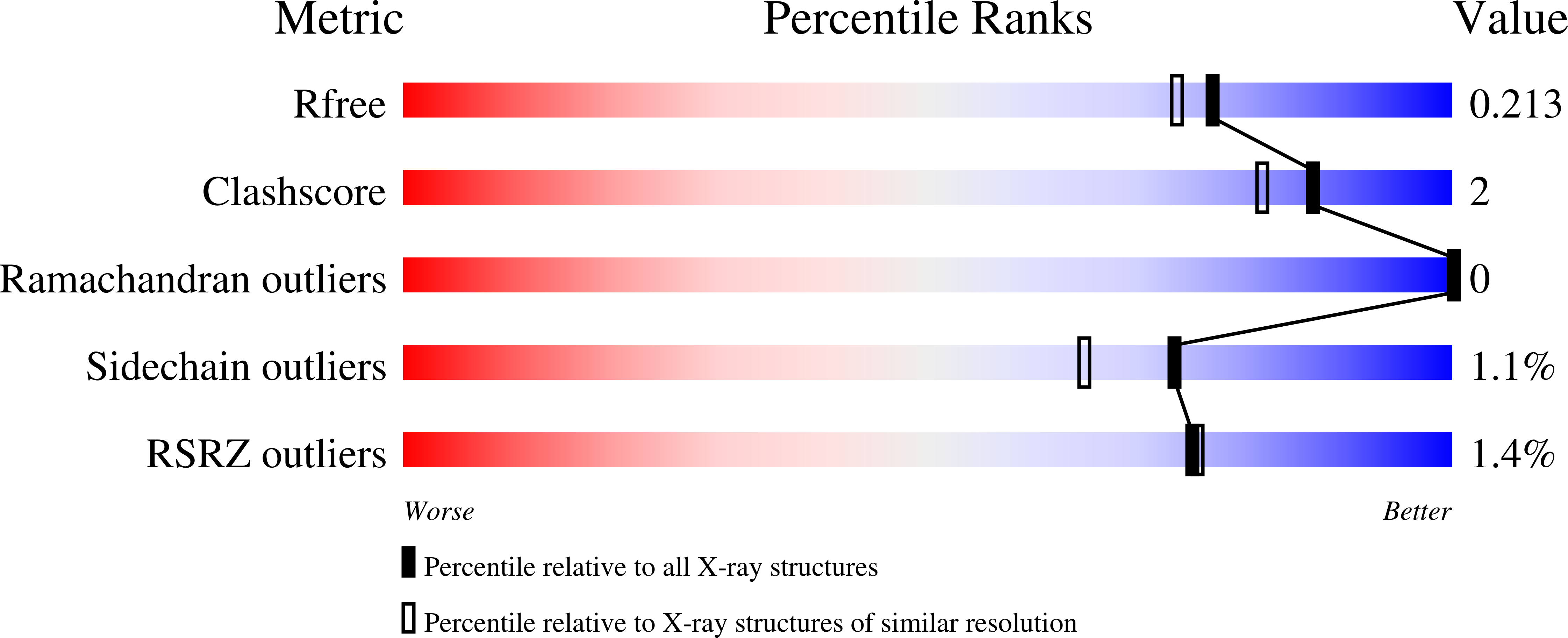
Deposition Date
2022-07-05
Release Date
2023-02-08
Last Version Date
2023-10-25
Entry Detail
PDB ID:
8DKG
Keywords:
Title:
Structure of PYCR1 Thr171Met variant complexed with NADH
Biological Source:
Source Organism:
Homo sapiens (Taxon ID: 9606)
Host Organism:
Method Details:
Experimental Method:
Resolution:
1.85 Å
R-Value Free:
0.21
R-Value Work:
0.18
R-Value Observed:
0.18
Space Group:
C 1 2 1


